Toronto is nowadays Canada's biggest and most important city, a metropolitan area of something like five million people with supposedly one of the most ethnically diverse populations on earth. However, it wasn’t always so. For most of Canadian history Montreal was the country’s biggest city, something that only changed in the 1970s with the threat of Quebec’s secession from Canada. Before that Toronto was known as "Toronto the Good" and had a reputation as a rather boring, not very happening place.
Toronto couldn’t be different now With the U
.S. in only starting to pullout of its recession and Canada riding a commodities boom, there’s supposedly currently more high-rise construction in Toronto than any other American city. The skyline as seen from the ground or the CN Tower even has somewhat the look of a Chinese city with so many shiny glassy new buildings to the horizon, possibly reflecting the fact that so much of the building is financed by Chinese or Chinese-Canadians. They don’t call this country “Chinada” for nothing. As the financial center of Canada with so many skyscrapers also earns Toronto the moniker of “Canhattan”.
Another lakeside city to which Toronto comparisons are sometimes made is Cleveland, Ohio, a city and metropolitan area that was of similar size to Toronto in the 1960s but has since gone into a downward spiral of industrial decay and population decline that earned it its nickname “The Mistake by the Lake”. It shows how two places that were once similar can have entirely different economic and cultural fates and end up in very different places a half century later. And although Toronto’s skyline is getting impressive in size overall, most of the individual buildings are fairly homely. There are few Toronto skyscrapers that compare with Chicago’s pioneering works of modernism.
The city I am most inclined to compare Toronto with is Chicago, the other great city along the shores of the Great Lakes
. Nowadays the two are somewhat comparable in size, dynamism, and cultural diversity. I find that because of its age Chicago has more extensive historical neighborhoods, cultural facilities, and interesting architecture than Toronto. The Art Gallery of Ontario is still no match for the Art Institute of Chicago and probably will never be.
Many of these impressions of the skyline I formed from the great view on the observation deck of the CN Tower, for more than thirty years the world’s tallest free-standing structure until it was overtaken in 2010 by the Burj Khalifa in Abu Dhabi. While the top is at 1,815 feet, the observation deck and restaurant are only about 1,150 feet, not quite as high as the Sears (now Willis) Tower in Chicago or the World Trade Center was in New York. The view of the Toronto Metro area and Lake Ontario all the way around to the Niagara Peninsula was well worth the steep price in my opinion.
It’s been a long, long time since I’ve been to Toronto, a city I haven’t explored much before this trip, so I was eager to spend some time in it on my extended route to New Jersey
. My first time was in 1977 when I was about ten. A family friend of our offered to stay at our house and watch over my grandmother for a week so we could take a family trip, something otherwise not possible with an incapable elderly person in the house. We decided to more or less repeat a trip my father recalls taking with his parents when he was young to Niagara Falls, Toronto, Ottawa, and the Thousand Islands. We got to Saint Catherine’s on the Niagara Peninsula and struggled to find a motel room for the night. We learned that rooms were tight because the annual CN Exhibition was taking place in Toronto. We decided to go to the exhibition, and I think that’s about all I saw of Toronto. My best recollection is that it was a bright sunny day and the exhibition grounds were somewhere near the waterfront and the CN Tower. My memories of it aren’t too extensive, but I mostly recall being indoors in giant exhibition halls, sort of like a massive version of the Dutchess County Fair we sometimes went to.
My second time in Toronto was a stop on another very indirect route west in 1989 when I decided to move to California after college. It was a miserably rainy day, and I don’t remember doing much around town other than visiting the Royal Ontario Museum before giving up on the conditions and starting the drive around the north shore of Lake Huron in the afternoon. This time, though, I was to give the city its due
.
I got into Toronto quite late and ended up getting a room in a rather shabby motel in a commercial strip well out in the eastern suburbs. At current exchange rates of near parity between the Canadian and American dollars, lodging in Canada seems very expensive. That involved a significant morning drive to Kennedy Station the end of Metro’s green line. Being in the city on the weekend, parking at the Metro station was luckily not an issue. I have to admit that Toronto’s metro system feels a bit shabby and dated, sort of the like BART in the San Francisco Bay area. It’s not old and decrepit like some of the lines on Chicago’s El or the stations on New York’s subway, but feels like it hasn’t kept up with the times. Maybe I’m just spoiled by the more modern systems Asia.
Toronto’s suburbs are somewhat unusual. At times I found myself in suburban areas that were entirely Indian or entirely Chinese, newish modern places with shopping malls, strip shopping centers, office buildings, and exurban housing developments where there was barely a white Canadian to be seen
. It’s amazing how rapidly Canada has changed in ethnic terms over the 33 years since my first trip to the country when about the only Asians I saw were the ones running the Chinese restaurants and Chinese laundries.
That diversity is true in Toronto’s urban neighborhoods as well. I had some of the best Chinese food I’ve eaten in North America on Spadina Street – homemade pan-fried pork, ginger, and scallion dumplings that you could watch being made by nimble Chinese fingers in the restaurant’s front window. Toronto supposedly has one of the biggest West Indian communities outside of the islands too, a big change since the 1970s when most of the few Blacks people in Canada were descendants of American slaves who made it there on the “Underground Railroad” before the American Civil War. Toronto’s annual Caribbean Festival was taking place while I was there. Although I didn’t attend, I did see a lot of carnival-costumed revelers in the skimpiest outfits on their way on the Metro.
I was lucky to have two full fantastic sunny days that were neither very hot nor humid while I was in Toronto, fantastic for spending most of my time walking around the city and enjoying the outdoors. I’ve heard some people say that Toronto has not made very good use of its waterfront along Lake Ontario. Perhaps that’s true for much of it, but the shore for a few miles around downtown has a great pedestrian walk, parks, amusement piers, marinas, and lots of high end condos
. Maybe that just needs to push further out. I didn’t make it the chain of islands just offshore from the center of the city that are considered Toronto’s recreational playground. It would have been fine beach weather but not a priority for me when there’s so much else to see and do in the city.
Probably the center of Toronto is the City Hall Square, a large open plaza between the city’s old and new city halls. Toronto’s old city hall is a magnificent red stone Richardsonian Romanesque building that looks like many American county courthouses but on a much grander scale. Toronto’s new city hall is a rather iconic 1970s construction of two curving towers that is actually quite appealing for an era when so much new office construction was so bland and boxy.
My main indoor sight in Toronto was the Art Gallery of Ontario, the city’s primary art museum located in an appealing modern building on Dundas Street. The museum is somewhat hidden in the cityscape rather than standing grandly off by itself, more akin to New York’s Museum of Modern Art than its Metropolitan Museum. The gallery’s collection is weighted heavily towards the art of the nineteenth and twentieth centuries and works by Canadian artists.
Toronto - TO or Canhattan?
Friday, July 29, 2011
 Toronto, Ontario, Canada
Toronto, Ontario, Canada
Other Entries
-
1On the Road Again - New Jersey by Road
Jul 218 days prior Denver, United Statesphoto_camera3videocam 0comment 0
Denver, United Statesphoto_camera3videocam 0comment 0 -
2Minneapolis - Swede City, USA
Jul 236 days prior Minneapolis, United Statesphoto_camera86videocam 0comment 0
Minneapolis, United Statesphoto_camera86videocam 0comment 0 -
3Minneapolis - City of Art Museums
Jul 245 days prior Minneapolis, United Statesphoto_camera32videocam 0comment 0
Minneapolis, United Statesphoto_camera32videocam 0comment 0 -
4Saint Paul - The Little Twin in the Twin Cities
Jul 254 days prior Saint Paul, United Statesphoto_camera57videocam 0comment 0
Saint Paul, United Statesphoto_camera57videocam 0comment 0 -
5Michigan's Upper Peninsula - The North Woods
Jul 263 days prior Munising, United Statesphoto_camera9videocam 0comment 0
Munising, United Statesphoto_camera9videocam 0comment 0 -
6Frankenmuth - German Kitsch and Good Beer
Jul 272 days prior Frankenmuth, United Statesphoto_camera9videocam 0comment 0
Frankenmuth, United Statesphoto_camera9videocam 0comment 0 -
7Toronto - TO or Canhattan?
Jul 29 Toronto, Canadaphoto_camera96videocam 0comment 0
Toronto, Canadaphoto_camera96videocam 0comment 0 -
8Casa Loma - Toronto's Eccentric Residential Wonder
Jul 301 day later Toronto, Canadaphoto_camera29videocam 0comment 0
Toronto, Canadaphoto_camera29videocam 0comment 0 -
9The Niagara Peninsula - Ontario's Wine Country
Jul 312 days later Grimsby, Canadaphoto_camera34videocam 0comment 0
Grimsby, Canadaphoto_camera34videocam 0comment 0 -
10Niagara Falls - The Canadian Side
Jul 312 days later Niagara Falls, Canadaphoto_camera37videocam 0comment 0
Niagara Falls, Canadaphoto_camera37videocam 0comment 0 -
11Niagara Falls - The American Side
Aug 013 days later Niagara Falls, United Statesphoto_camera27videocam 0comment 0
Niagara Falls, United Statesphoto_camera27videocam 0comment 0 -
12Sandy Hook - Gateway National Recreation Area
Aug 1214 days later Sandy Hook, United Statesphoto_camera10videocam 0comment 0
Sandy Hook, United Statesphoto_camera10videocam 0comment 0

 Toronto, Ontario, Canada
Toronto, Ontario, Canada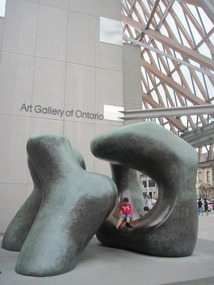
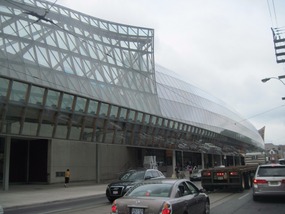
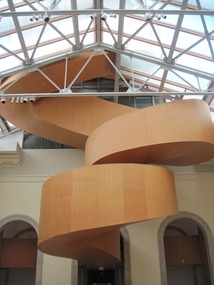
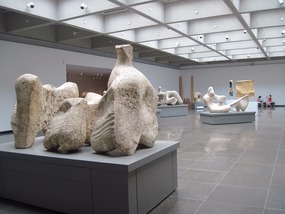
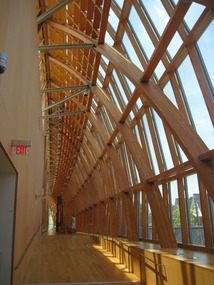
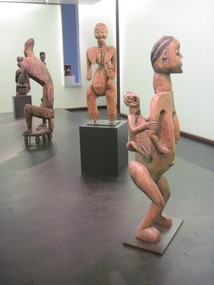


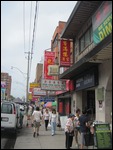
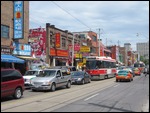
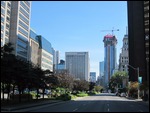
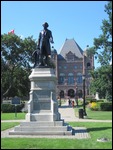
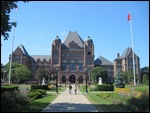
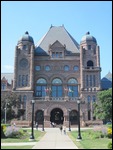
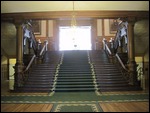
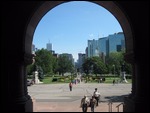
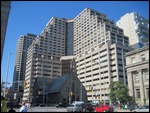
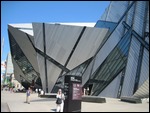
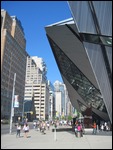
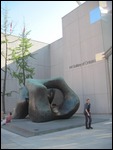
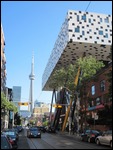
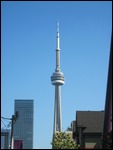
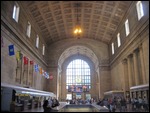
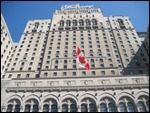

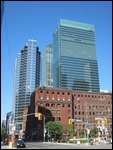
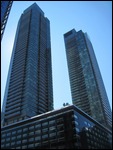
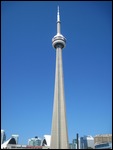
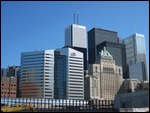
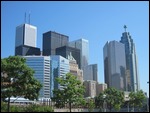
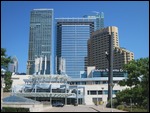
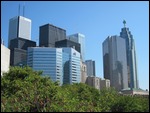
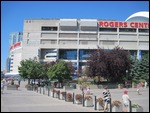
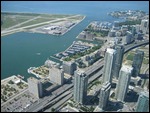
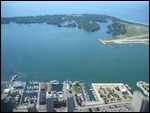
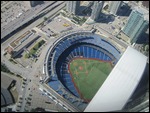
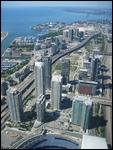
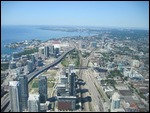
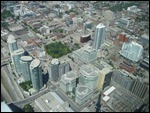

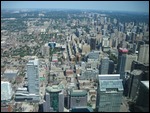
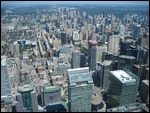
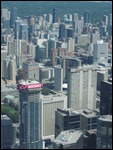
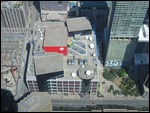

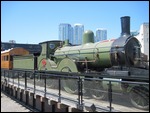
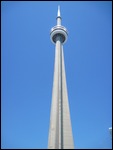
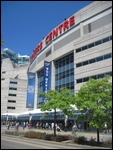
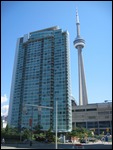
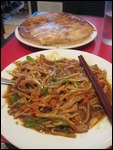

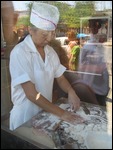
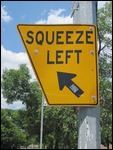

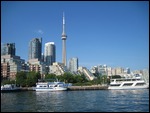
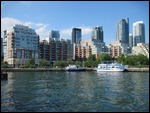
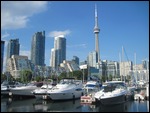
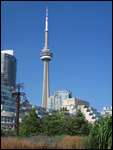
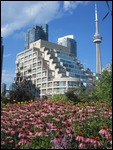
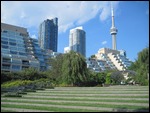
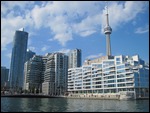
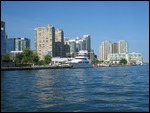
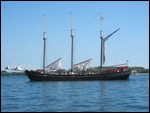

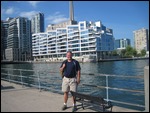
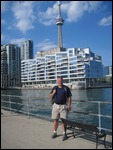



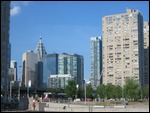
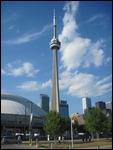
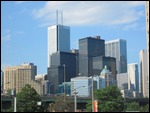
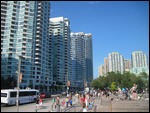
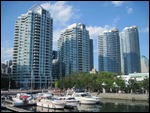

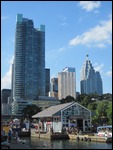
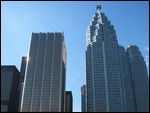

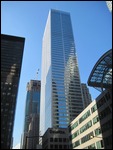
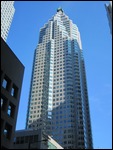
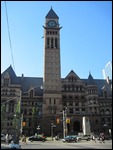
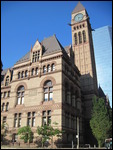
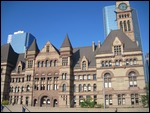
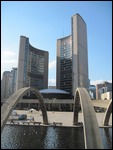
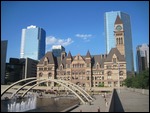
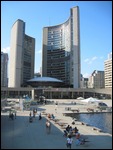
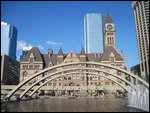
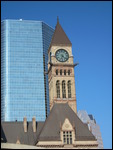
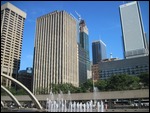
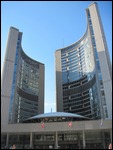
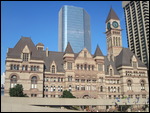
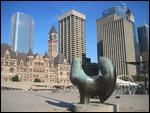
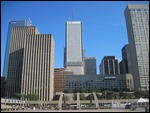
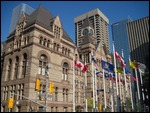
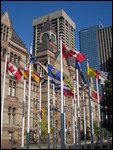
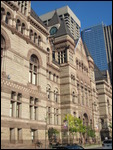
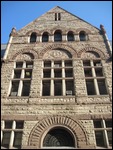
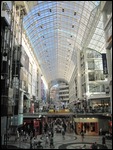
2025-05-23